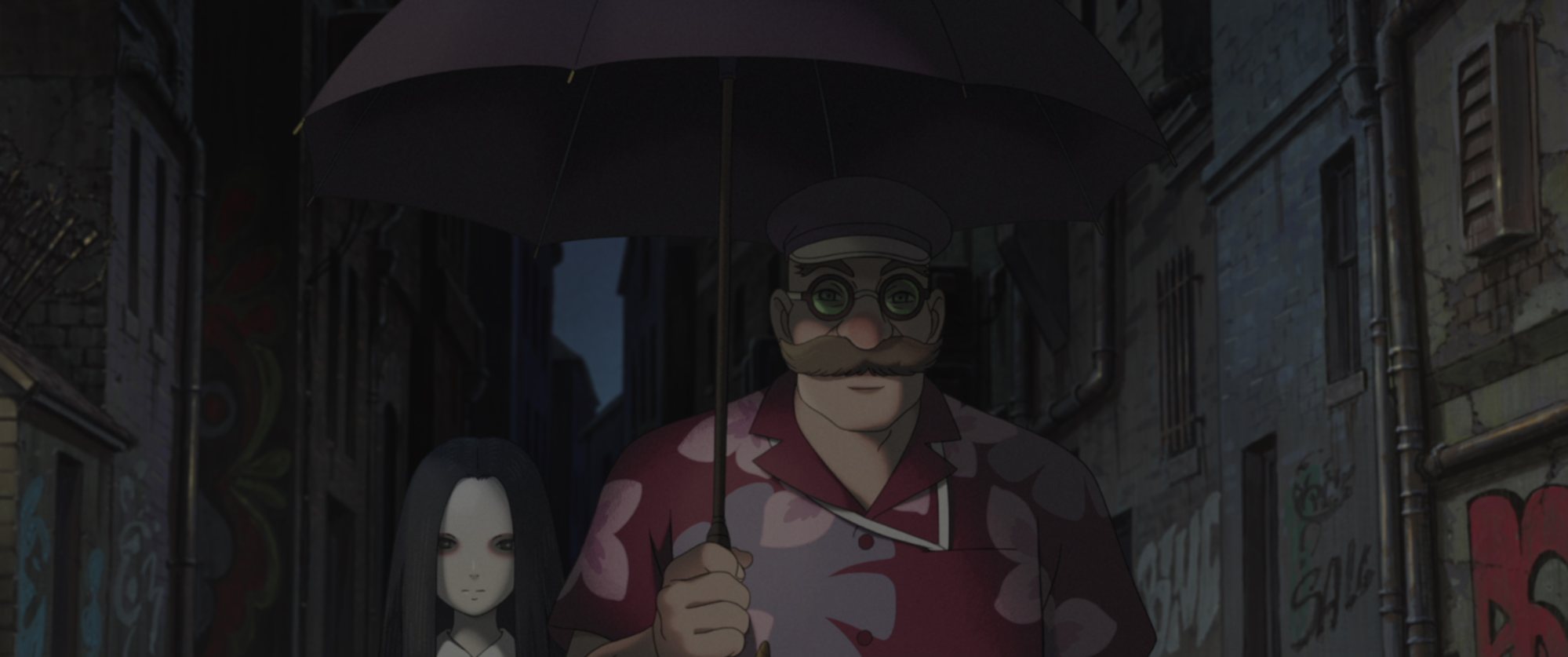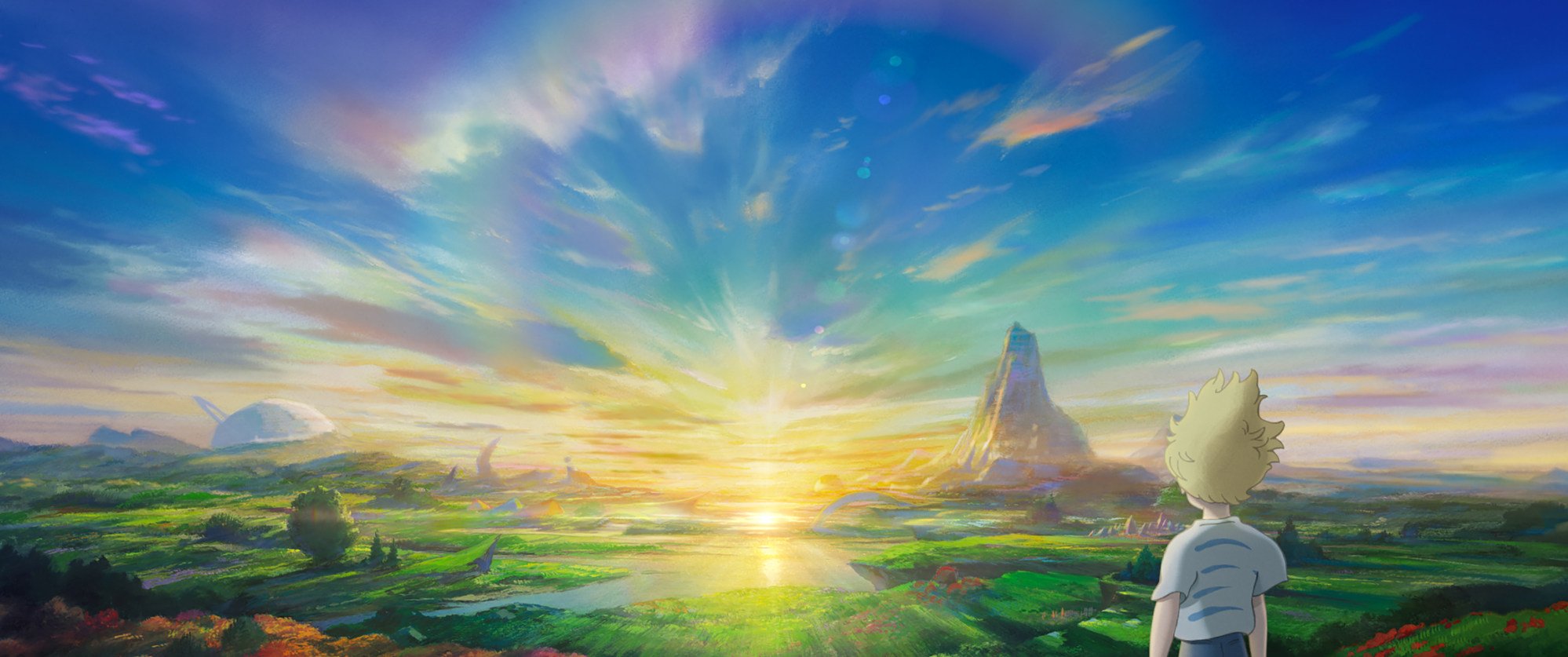2/5 stars
They may address the subject matter differently, through whimsy, terror or trauma, but at the centre of each is a tale of abandonment resulting from a loss of innocence.
Yoshiyuki Momose’s animated film The Imaginary joins this growing fold of nostalgia-fuelled fantasies. Adapted from a British children’s novel by A. F. Harrold, it approaches its story from the point of view of Rudger (voiced by Kokoro Terada), a blond-haired boy visible only to a little girl named Amanda (Rio Suzuki).
Rudger’s very existence is thrown through a loop when Amanda is sent to hospital and he is magically transported to “The Town of Imaginaries”, an otherworldly realm populated entirely by invented friends who, like Rudger, have been forgotten or abandoned by their human companions.
Rudger is welcomed by the Imaginaries, most notably plucky adventurer Emily (Riisa Naka), but his path back to Amanda’s side is blocked by Mr Bunting, an evil, mustachioed human who hunts down and eats Imaginaries.
The villainous Bunting is accompanied by an eerie, ghost-life waif, who lurks perennially by his side.

The hand-drawn animation infuses the film with a vivid sense of wonder, both in the sequences exploring the fantastical depths of human imagination and its more mundane episodes in England’s sleepy suburbs.
Unfortunately, this transportive energy extends no further than the film’s visual palette. Amanda and her single mother, Lizzie (Sakura Ando), are thinly drawn and emotionally inert. Mr Bunting is never sufficiently threatening, while Rudger and his menagerie of new pals feel generic and uninspired.
The world-building itself is vague and its internal logic somewhat confused, leaving the viewer unclear about precisely what can exist in the real world, and what manifests solely in the minds of the human characters.

Nishimura, who also wrote the script for Momose, might have us believe that it is our own fading connection to our childhood selves that prevents us from responding to his material. In truth, however, The Imaginary simply lacks much genuine imagination to call its own.
The Imaginary will start streaming on Netflix on July 5.

